Finding the right antifouling
Antifouling is an important part of boat care and an effective way to prevent algae and dirt from accumulating on the boat's hull. In our guide you will find detailed information on how to choose the right antifouling and helpful tips for effective and safe use.
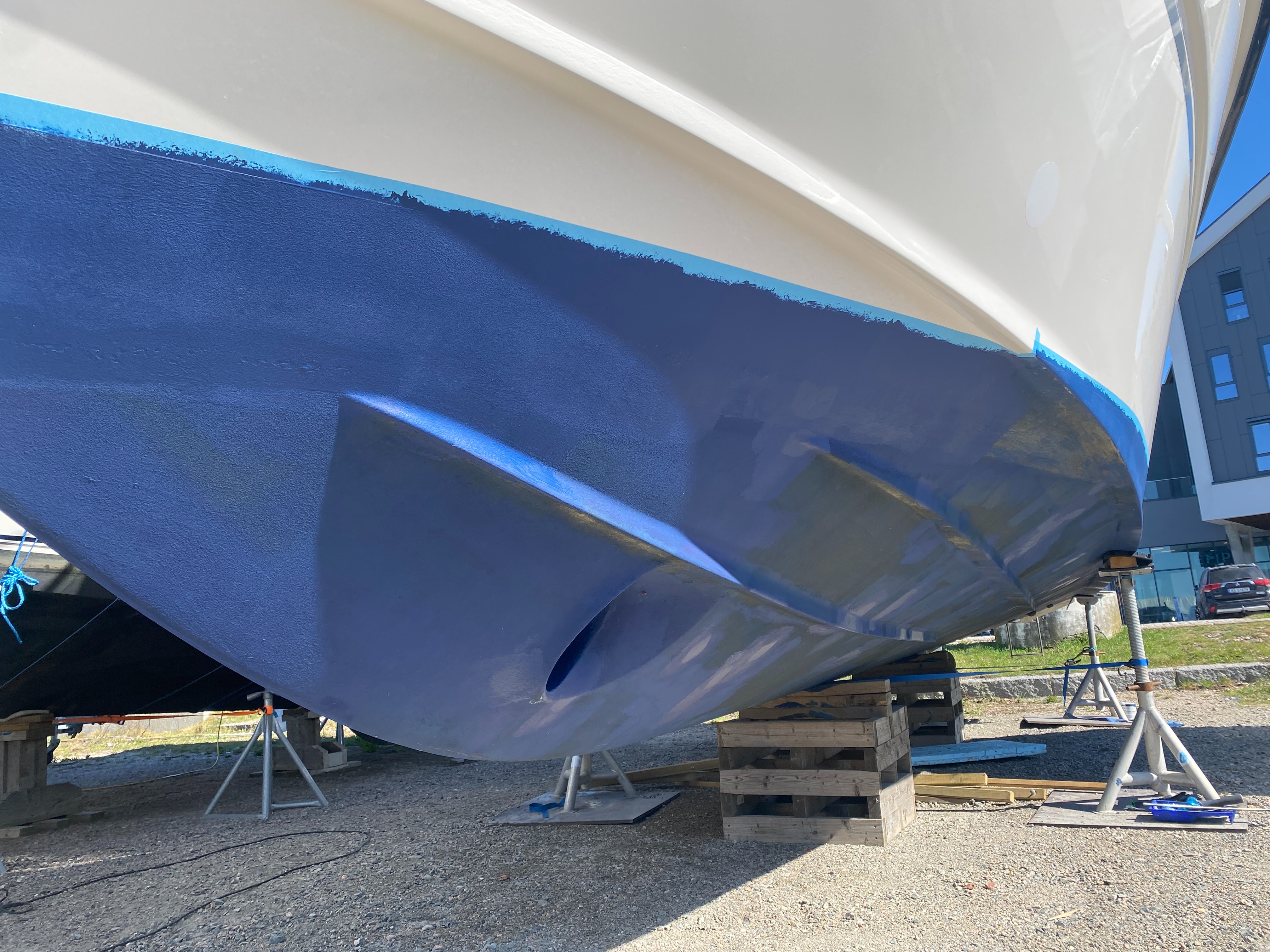
1. What is antifouling and what is it used for?
Antifouling is a coating that is applied to the underwater area of boats. It prevents the colonization and growth of mussels, crustaceans and other contaminants that affect the efficiency of the boat. Antifouling is usually applied every 1-2 years to ensure effective defense.
2. What is the right antifouling for your boat?
The choice of the right antifouling depends on various factors, such as the speed of the boat, as well as the use and duration of the stay in the water. It is important to choose a high-quality antifouling product to ensure that the boat remains clean and protected.
Our tip: If you are unsure which antifouling is best for your boat, we recommend that you seek professional advice.
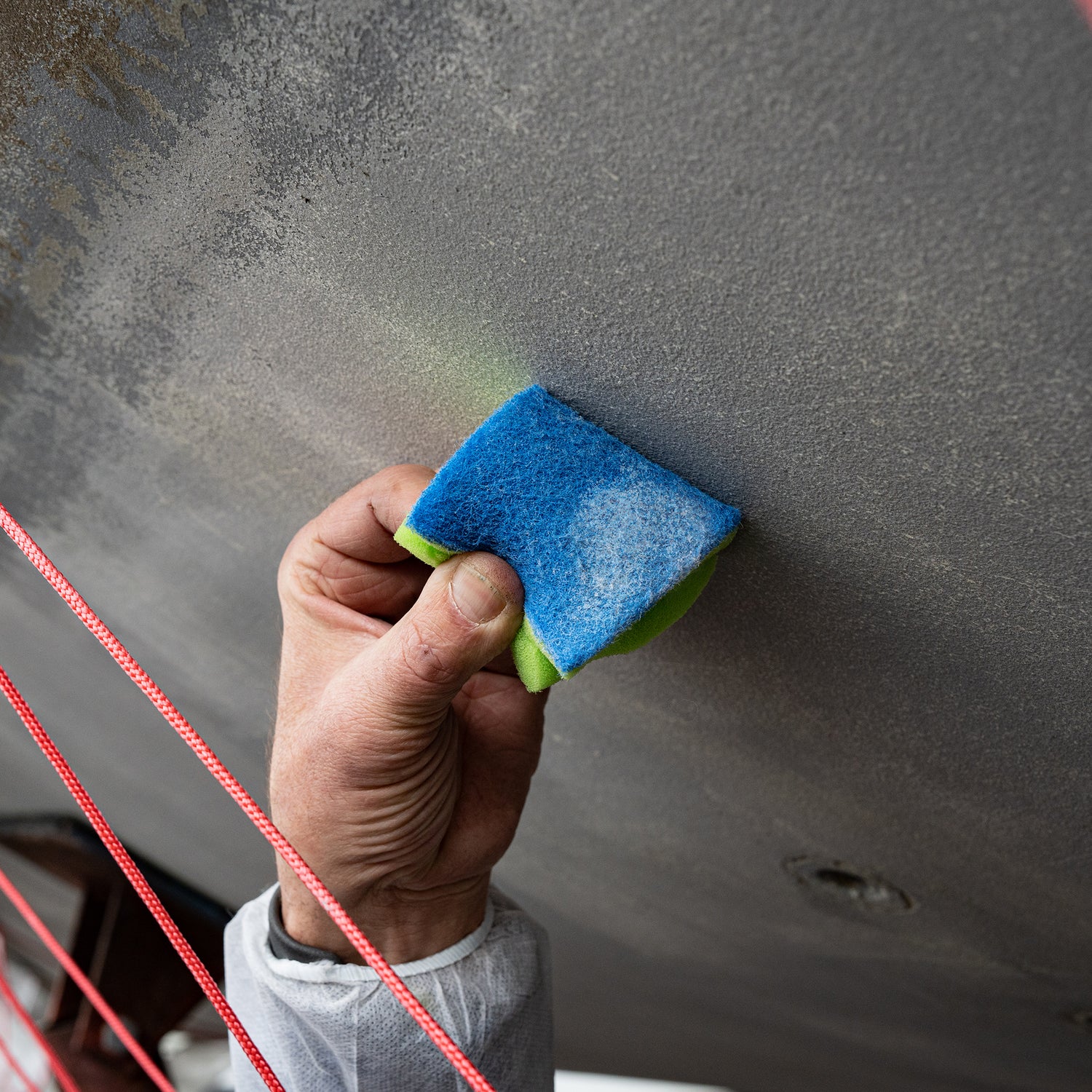
2.1 What antifouling is on your boat?
You bought a used boat and you don't have any information about the painting? In this case, you can rub the antifouling with a wet sponge: if there is any residue on the sponge, you can assume a self-polishing coat of paint, while the absence of paint on the sponge indicates hard antifouling. Thin film antifouling is particularly smooth. A cotton swab can be used here as a test: if the antifouling is a thin layer, no fibers should come loose.
2.2 What boat material is it?
It is important to note that not every antifouling is suitable for every boat hull. While many antifoulings are specifically designed for GRP, wood and steel boats, the choice of antifouling systems for stainless steel and aluminum boats is more limited. To ensure you are choosing the right antifouling for your boat, you should carefully review the information on product labels, manufacturer sites and product pages. These can give you valuable information about which hull materials are suitable for the particular antifouling.
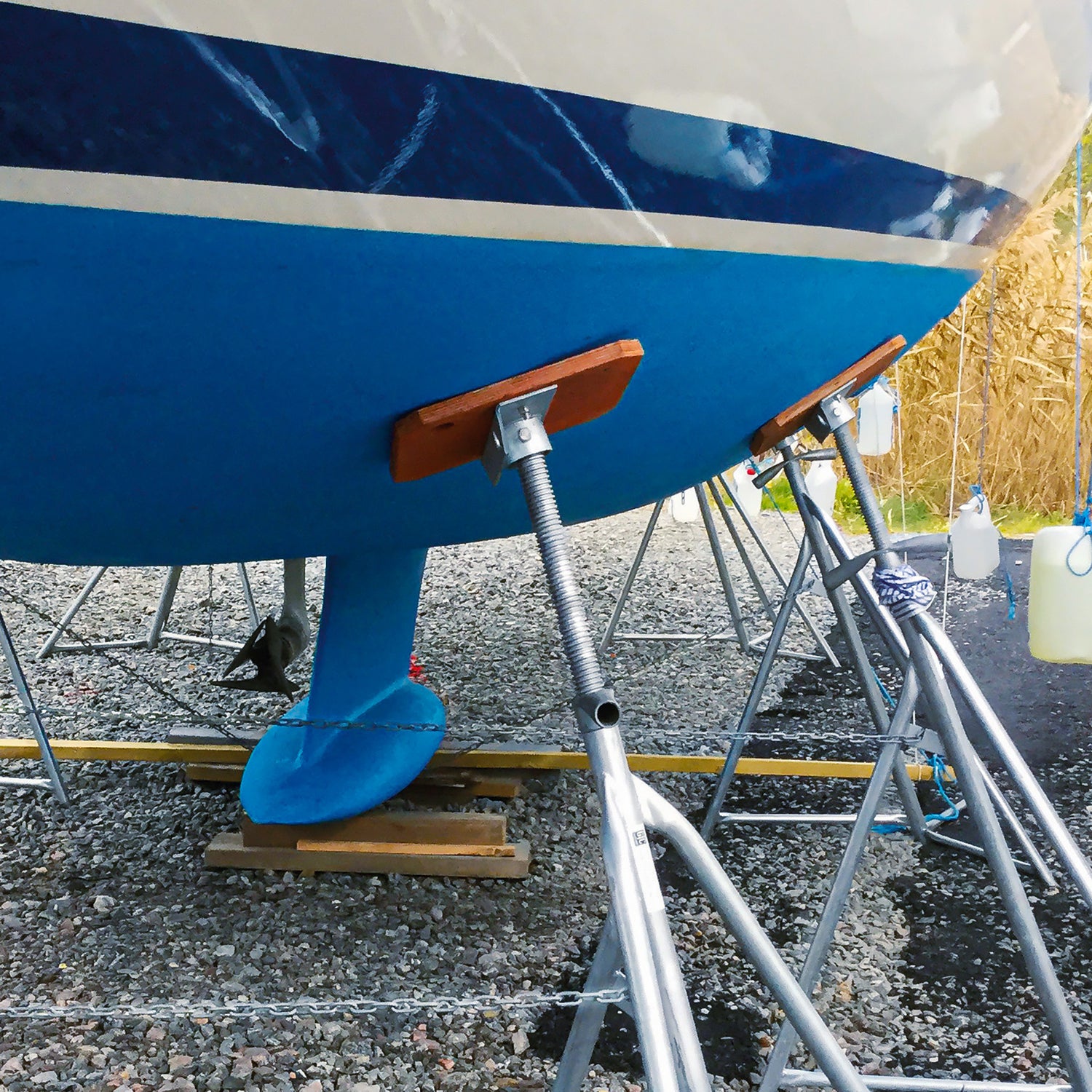
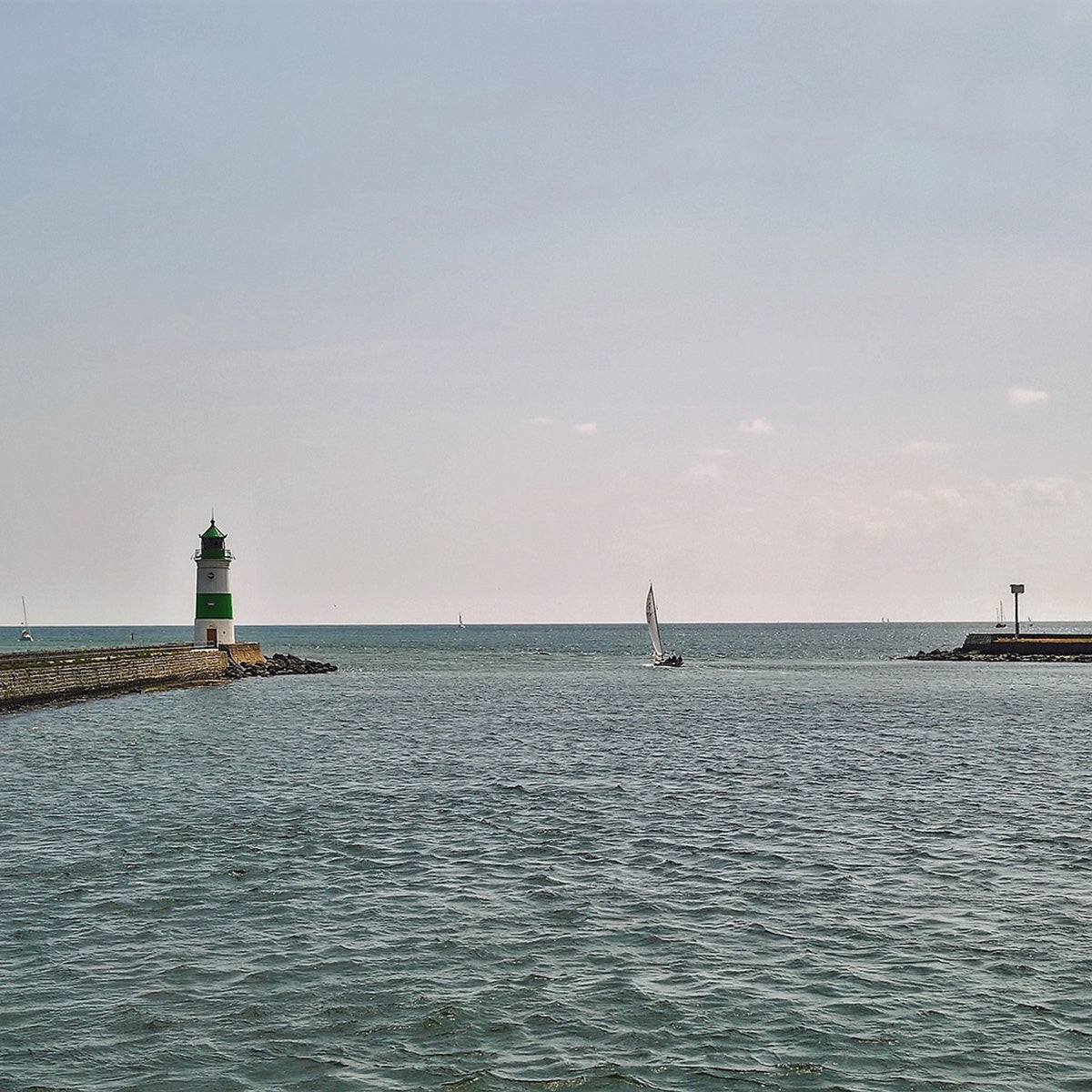
2.3 Which body of water do you sail on?
Before choosing your antifouling, think carefully about the waters you will be sailing on with your boat. In waters with high growth of algae and mussels, such as brackish and salt water, the use of self-polishing and hard antifouling is recommended. Thin-layer antifoulings work best in fresh water such as lakes or rivers.
2.2 How often do you use the boat?
The question of the usage intervals and the speed of your boat should also be considered. Hard antifouling is used in particular on boats that reach high speeds and are in port for long periods of time. Meanwhile, thin film antifouling is more suitable for sailboats and motor yachts that spend less time in the water and have little fouling. Self-polishing antifouling is popular with boaters who move their boat frequently and at higher speeds.

4. What sort of antifoulings are there?
There are various antifouling products on the market including those that are biocide free and therefore environmentally friendly. We have listed below for you what special features the individual antifouling types have and which one is suitable for whom.
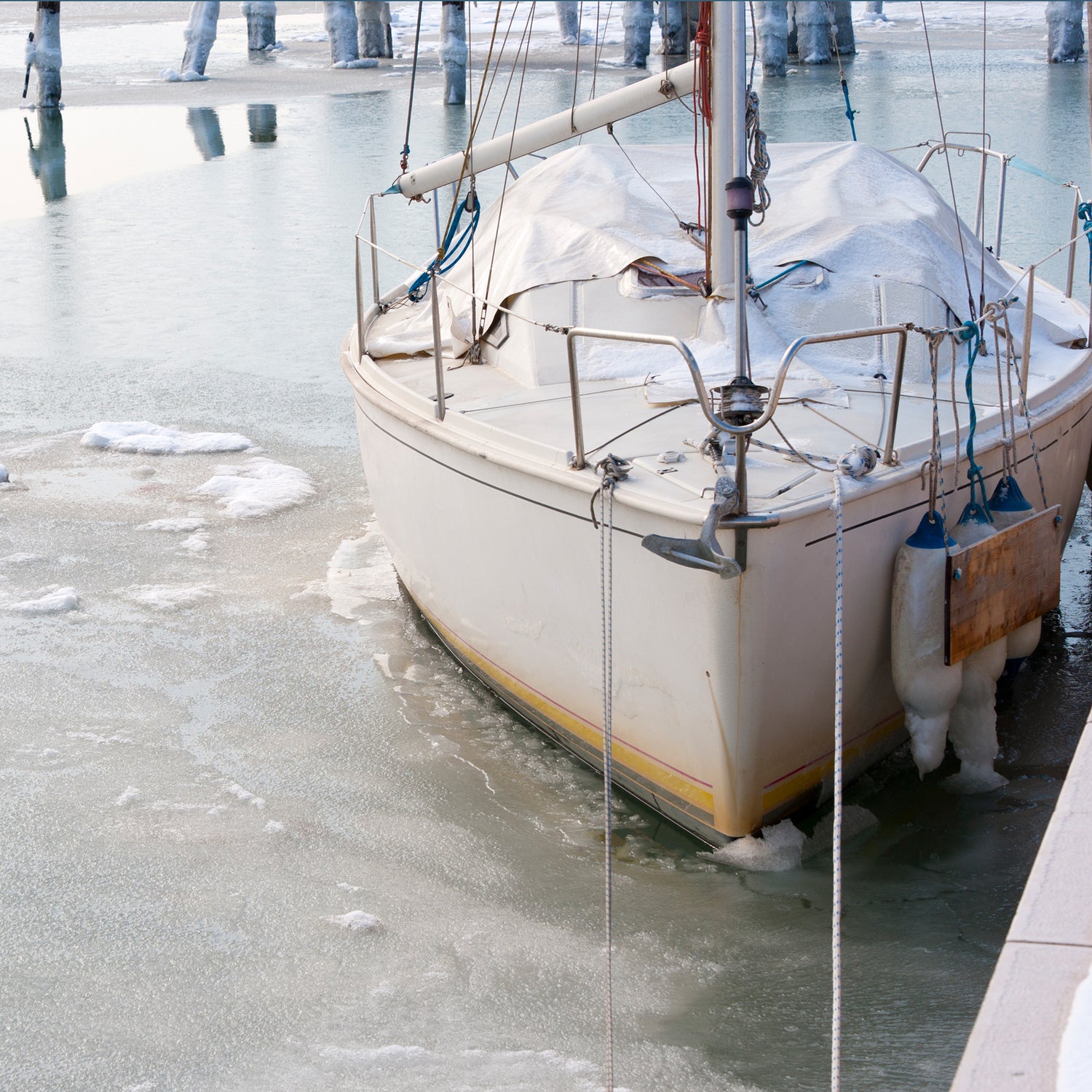
3.1 Hard Antifouling
Hard antifouling is a popular choice among boat owners who plan to stay in the water for long periods of time. They form a thick layer on the hull that effectively prevents algae and mussel growth. The hard antifouling continuously releases biocidal active ingredients into the water, regardless of whether the boat is in port or being moved. As a result, the biocides are steadily reduced until only a thinned binder structure remains. A new coat of paint is then usually necessary at the start of the season.
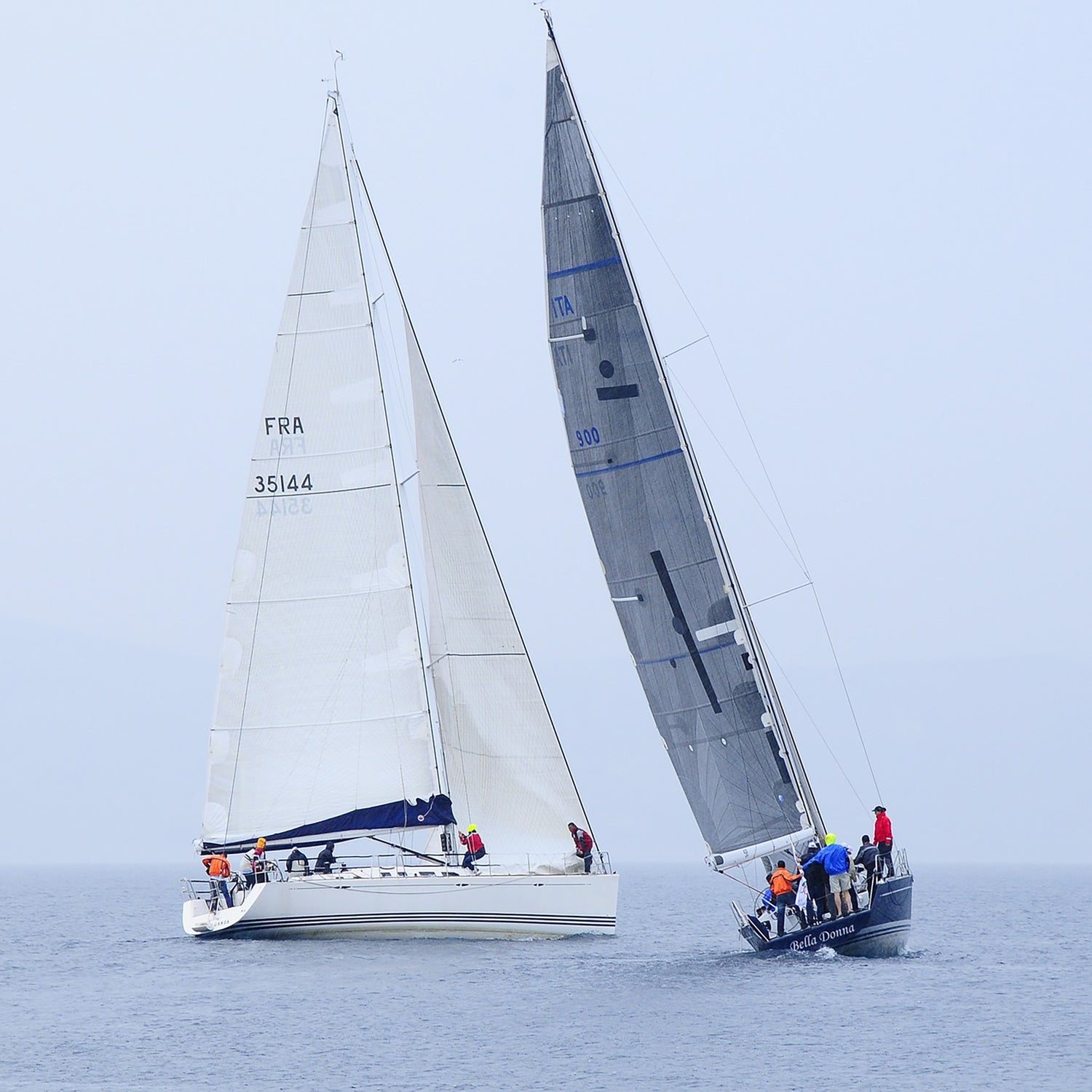
3.2 Self polishing Antifouling
Self-polishing antifoulings are an innovative solution for sailors who want to protect themselves comfortably and effectively against algae and shellfish growth. With self-polishing antifouling, biocide-active substances are released by the water flowing past. In the course of this, the layer thickness decreases with regular movement of motor or sailing boats. Another advantage of self-polishing antifouling: At the start of the season, new antifouling can simply be applied to the old one.
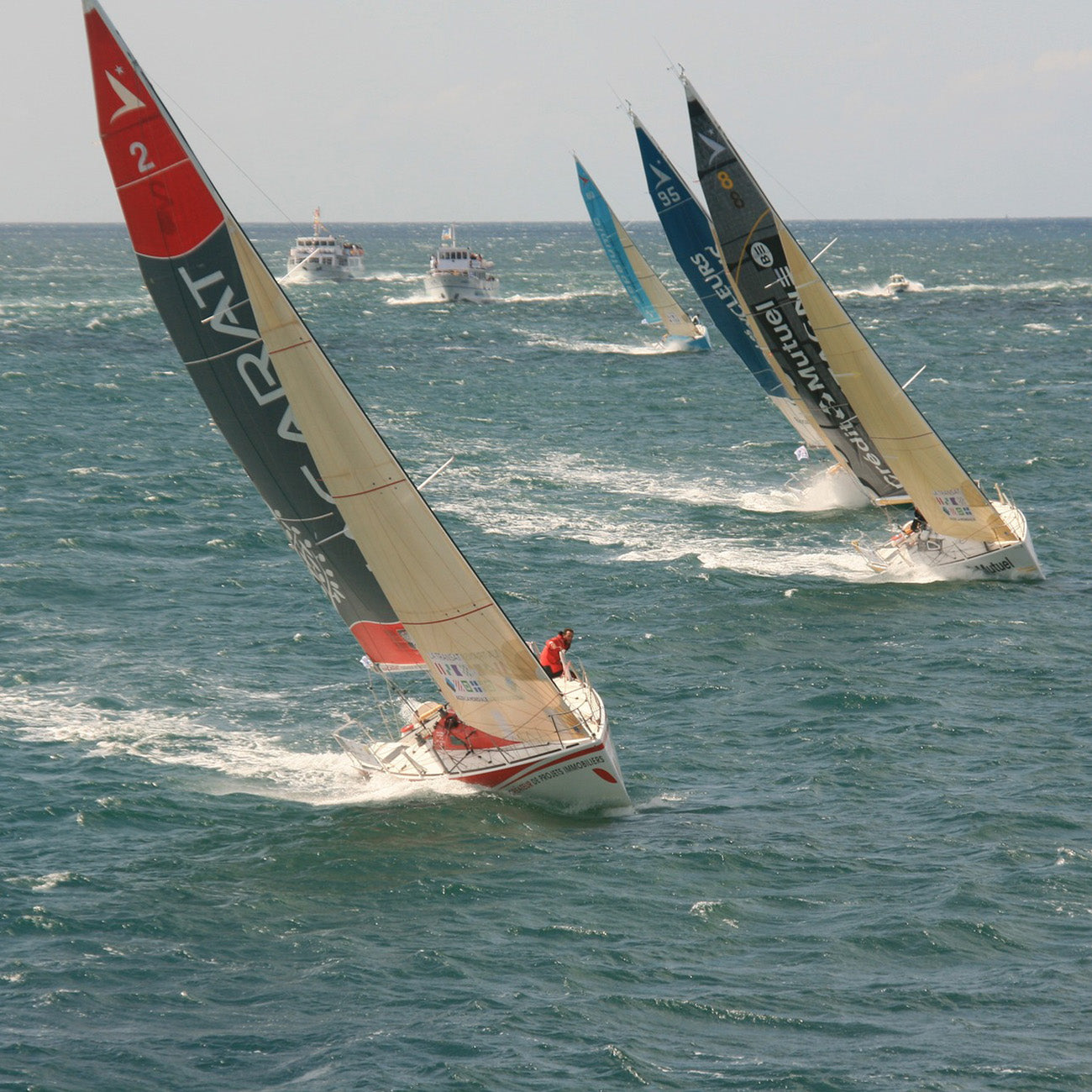
3.3 Thin layer Antifouling
Thin-film antifouling convinces with its easy application and simple maintenance. It forms a thin layer on the hull that repels algae and mussel growth. The thin-layer antifouling contains a special additive that ensures a particularly smooth non-stick surface. Thin-layer antifouling is particularly popular for regattas and for fast gliders that are not often in the water. Thin film antifoulings are easy to apply and easy to remove when it is

3.4 NON BIOCIDE ANTIFOULING
In many countries there is strict regulation of the use of biocides in antifouling due to their impact on the environment. Due to their negative effects, antifoulings containing biocides are becoming increasingly unpopular. At the same time, they promise high effectiveness and are long-lasting. Nevertheless, many manufacturers now also offer biocide-free alternatives. Biocide-free antifoulings are particularly environmentally friendly and safe for humans and animals. However, they also require regular renewal at the start of the season.
4. CONCLUSION: How to find the right Antifouling for your boat
✅Consider the material of the hull as not every antifouling is suitable for every material.
✅ Mind the type of water you drive on and your individual usage intervals when choosing the antifouling.
✅ There are different types of antifouling such as hard antifouling, thin film antifouling and self-polishing antifouling.
✅ At best, you keep an eye on the environmental impact and choose an antifouling with low pollution.
